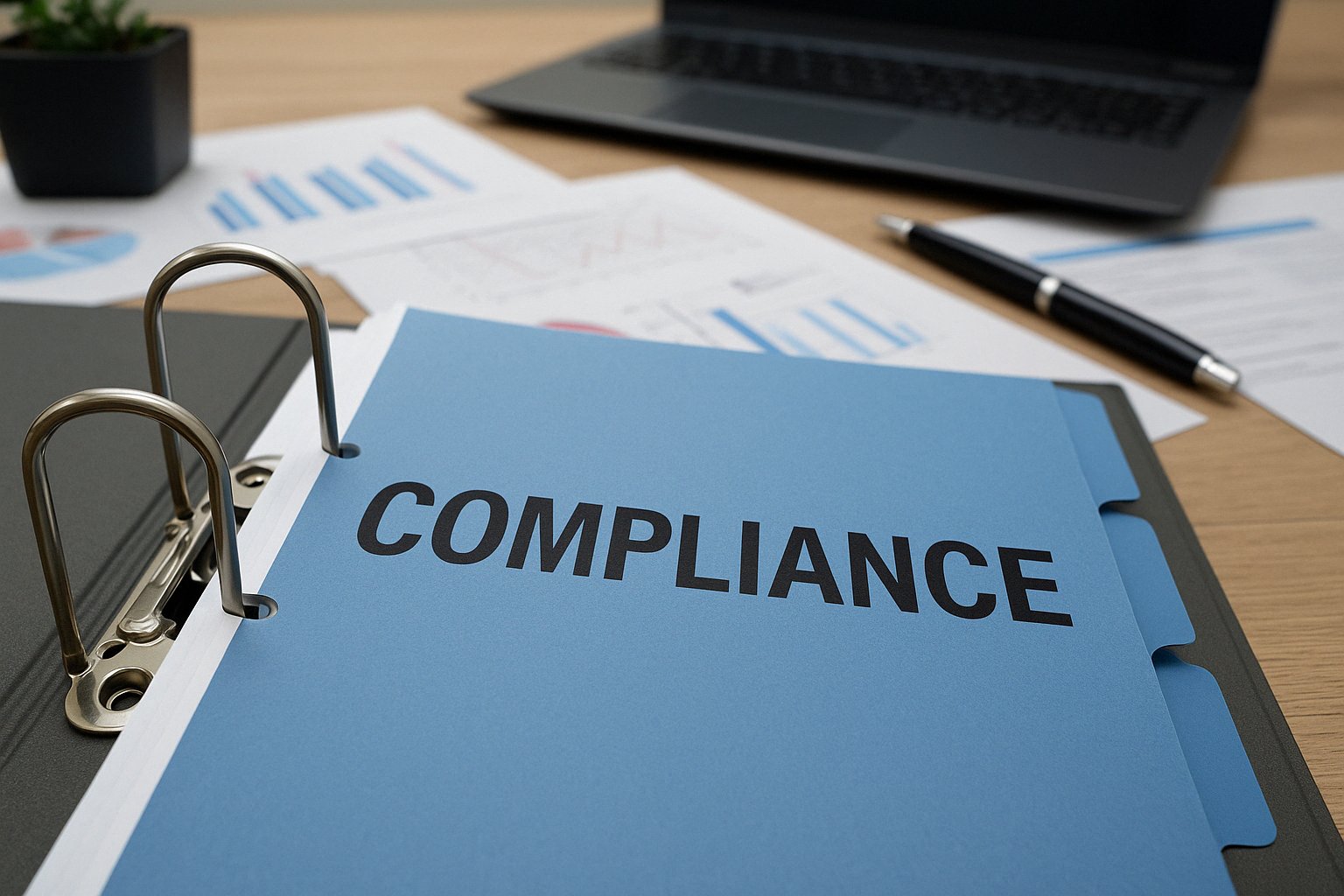According to a new report from Swimlane, only 29% of organizations believe their compliance programs consistently meet both internal and external standards. This troubling statistic comes amid rising concerns that fragmented workflows and manual processes are becoming major obstacles for security and governance, risk, and compliance (GRC) teams.
The report indicates that 51% of organizations have received compliance warnings or fines, or fear they will soon, highlighting a critical need for improvement in compliance management strategies. Michael Lyborg, Chief Information Security Officer at Swimlane, states, “The burden of compliance weighs heavy on security and GRC teams, and the pain is growing faster than teams can adapt.” He further emphasizes that traditional methods relying on manual processes are no longer sufficient to handle the complexities introduced by shifting regulations.
Approximately 96% of organizations find it challenging to keep pace with an increasing number of industry regulations, yet only 29% are confident that their compliance initiatives are effectively addressing these demands. Alarmingly, 92% of respondents depend on three or more tools for audit evidence collection, leading to duplicated efforts and disjointed workflows. Currently, only 39% of the evidence-gathering process is automated, leaving teams burdened with significant manual work that costs both time and accuracy.
Moreover, 54% of respondents reported spending over five hours each week on manual compliance tasks, with 62% acknowledging that their audit evidence-gathering processes are sometimes error-prone. The report identifies poor collaboration between GRC and security teams as a significant threat, with 90% of organizations expressing concern that misalignment undermines audit readiness. Jack Rumsey, Head of GRC at Swimlane, declares, “Audit readiness is harder than it should be,” pointing to an urgent need for organizations to rethink their compliance management strategies.

